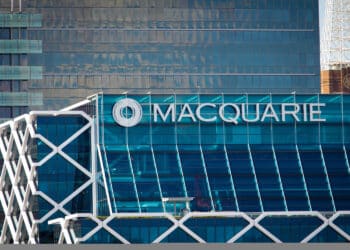The structured credit market has come a long way since the subprime mortgage sector sparked the global financial crisis in 2008-09, says HSBC senior portfolio manager Andrew Jackson.
Mr Jackson, who was in Australia last week speaking to investors about HSBC’s US$12 billion structured credit portfolio, said a big part of his job is avoiding the subprime areas of the market.
HSBC is steering clear of the US auto sector, which Mr Jackson said has all the trappings of the next subprime mortgage disaster – albeit not at the same scale.
Similarly, the bank is avoiding subprime US student loans, although Mr Jackson said the more robust part of the student loan market is “performing well” and makes up 1-2 per cent of HSBC’s portfolio.
The majority of HSBC’s US$12 billion is invested in non-government residential mortgage-backed securities (MBS) and collateralised loan obligations (CLOs – not to be confused with ‘CDOs’, which failed spectacularly during the GFC, Mr Jackson said).
The relative safety of MBS and CLO products has increased since the GFC, Mr Jackson said – mainly because originators are now required to have “skin in the game”.
“You now know the person who put this together is going to be with you throughout the whole journey. It is a better product, it is more transparent, it’s better put together, and these guys are completely aligned to our interests,” he said.
HSBC also invests in commercial mortgage-backed securities, but it avoids retail shopping malls because “that part of the commercial MBS is under stress and could well deteriorate further”.
The attraction of floating rate asset-backed securities is that they perform well in a rising interest rate environment, Mr Jackson said – as opposed to most of the fixed income market.
“A lot of our portfolios – certainly the US dollar elements of it – pay 75 basis points more today than they did a year ago because of the rate rise in the US. So it’s a very real phenomenon,” he said.
“So investors are looking for product that helps them to preserve capital and it doesn’t take a lot in a rising rate environment to enhance their returns.
“Structured credit is probably the largest floating rate securities area. Clearly you can go into loans, but liquidity in loans is a very different beast to trading in securities.”







